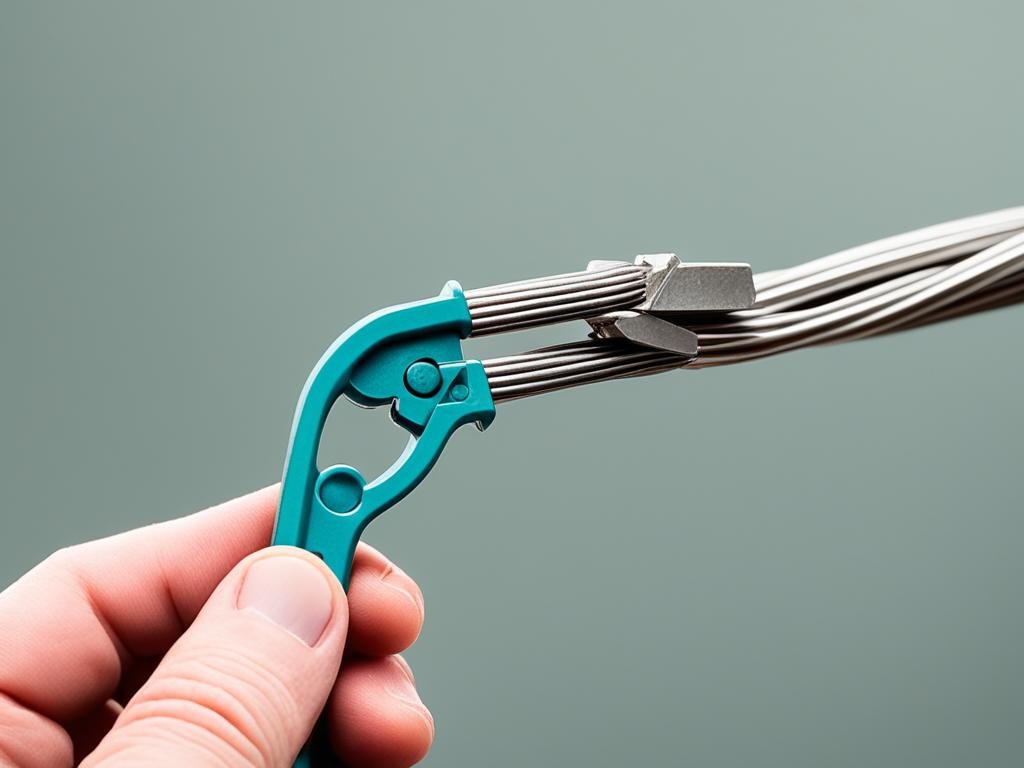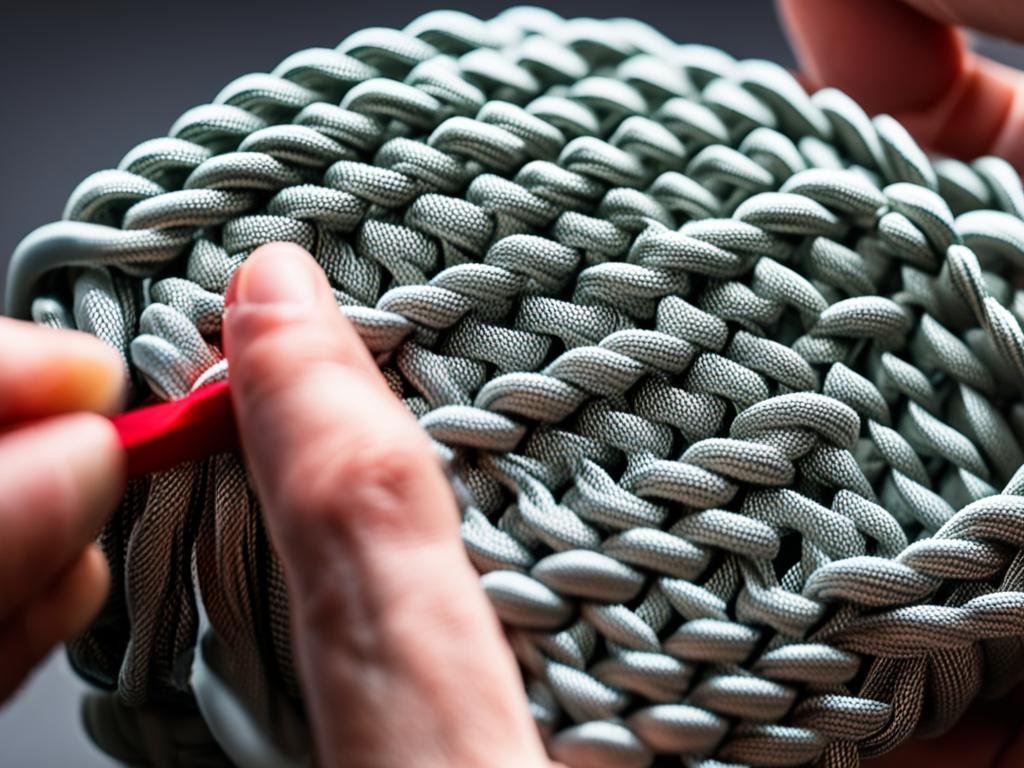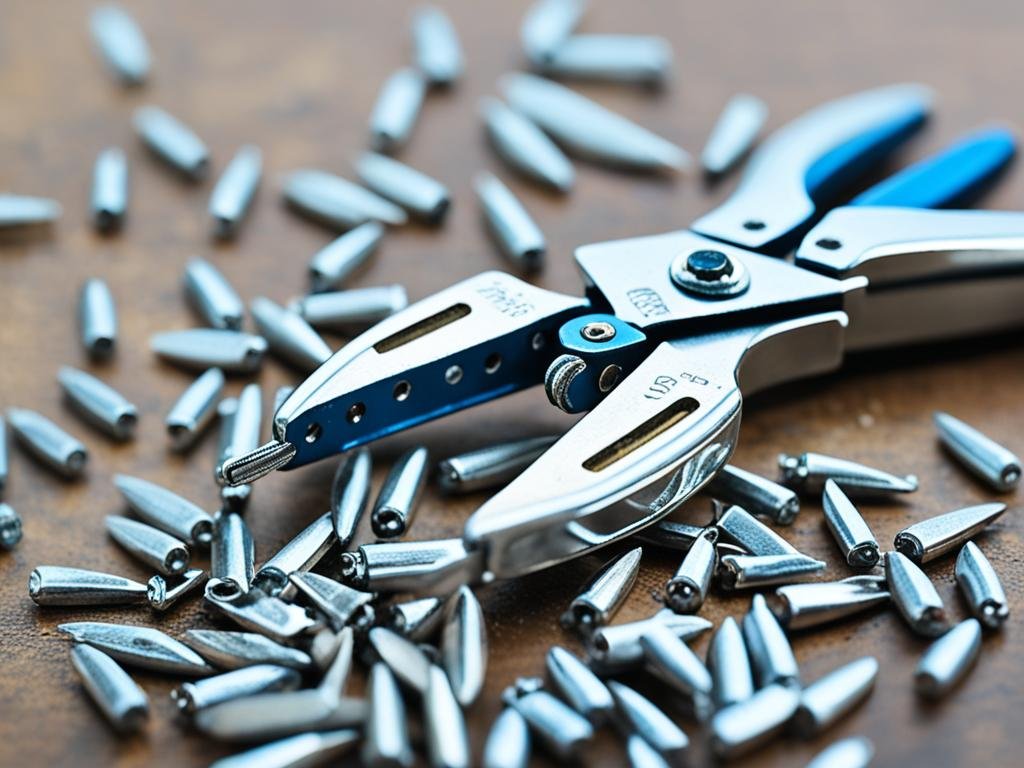
In our studio, amidst the hum of creativity, my husband battles mental illness—agoraphobia, anxiety, and depression—while I navigate life with osteoporosis and COPD. These challenges are our dragons, fought daily with love and art as our weapons. Our conditions teach us resilience, not just of the body but of spirit. Together, we find solace and expression in our art, a shared sanctuary where challenges morph into creativity. This journey is tough, but together, art becomes our light and strength.
Support us at www.devilndove.com or our store at www.devilndove.online.
Key Takeaways:
- Setting the correct print settings for sublimation is crucial for vibrant and high-quality prints.
- Understanding sublimation printer settings and manual color correction can optimize your sublimation printing process.
- Each type of sublimation paper may require specific print settings. Proper storage and drying time are important factors to consider.
- Recommended heat press settings can vary depending on the material being printed on, such as polyester fabric, stainless steel tumblers, ceramic mugs, aluminum panels, mouse pads, or glass.
- Tips for achieving the best sublimation results include using high-quality ink and sublimation paper, adjusting pressure, considering fiber content, and conducting test prints to determine optimal temperature settings.
Understanding Sublimation Printer Settings
When it comes to sublimation printing, getting familiar with the printer settings is essential for achieving the best results. Whether you’re converting a regular printer into a sublimation printer using sublimation ink or using a dedicated sublimation printer, understanding the different settings is crucial.
One important aspect of sublimation printer settings is color correction. To ensure accurate and vibrant colors, one option is to use customized ICC profiles provided by your ink manufacturer. These profiles are specifically designed to optimize color accuracy for sublimation printing. However, if your colors still appear off, manual color correction within your print settings can be a great solution.
With programs like Microsoft Word, Paint, or Cricut Design Space, you can manually adjust settings such as paper type, quality, color mode, and gamma. By experimenting with these settings, you can fine-tune your prints to achieve the desired color accuracy and vibrancy.
Here are some key printer settings to consider when optimizing your sublimation prints:
- Paper Type: Select the appropriate sublimation paper type in your printer settings to ensure compatibility and optimal ink absorption.
- Quality: Adjust the print quality setting to a higher level for sharper and more detailed prints.
- Color Mode: Choose the appropriate color mode (e.g., RGB) to ensure accurate color reproduction.
- Gamma: Fine-tune the gamma setting to adjust the overall brightness and contrast of your prints.
Remember, every printer model and software interface may have slight variations in terms of the available printer settings. It’s important to consult your printer’s user manual or online resources for specific instructions on accessing and adjusting these settings.
By understanding and optimizing your sublimation printer settings, you can take full control over the color accuracy and vibrancy of your prints. Experimenting with different settings and techniques will help you achieve professional-looking results that meet your specific printing requirements.
| Printer Setting | Description |
|---|---|
| Color Correction | Use customized ICC profiles or manually adjust color settings to achieve accurate and vibrant colors. |
| Paper Type | Select the appropriate sublimation paper type to ensure compatibility and optimal ink absorption. |
| Quality | Adjust the print quality setting to a higher level for sharper and more detailed prints. |
| Color Mode | Choose the appropriate color mode (e.g., RGB) to ensure accurate color reproduction. |
| Gamma | Fine-tune the gamma setting to adjust the overall brightness and contrast of your prints. |
Recommended Print Settings for Sublimation Paper Types
Different types of sublimation paper require specific print settings for optimal results. When using Epson Matte sublimation paper, we recommend selecting high-quality print settings and choosing the mirror image option. The mirror image setting is essential for proper transfer onto the final substrate. It ensures that the design appears correctly when transferred onto the fabric or other materials.
One advantage of using Epson Matte sublimation paper is its instant drying time. After printing, the paper dries instantly and can be used immediately, saving you valuable time in your printing process.
Proper storage of sublimation paper is crucial to maintain its quality. To ensure optimal results, we advise storing the paper in its original packaging in a cool and dark environment. This helps prevent exposure to light, humidity, and heat, which can negatively affect the paper’s performance.
When it comes to heat press settings, it’s essential to consult the recommended settings provided by the blank supplier for the specific item you are working with. Different materials require specific heat press settings to achieve the best results. Following the supplier’s recommendations will help ensure accurate and vibrant sublimation transfers.
Sublimation Paper Print Settings – Epson Matte
| Print Settings | Recommended Values |
|---|---|
| Print Quality | High-quality |
| Image Orientation | Mirror image |
| Heat Press Settings | Consult supplier recommendations |
By ensuring correct print settings, proper image orientation, and appropriate storage, you can optimize your sublimation printing process and achieve high-quality results with Epson Matte sublimation paper. Remember to consult the recommended heat press settings for each specific material to ensure accurate transfers. Follow these guidelines, and you’ll be on your way to creating stunning sublimation prints.
Support us at www.devilndove.com or our store at www.devilndove.online.
Common Sublimation Heat Press Settings
When it comes to sublimation printing, achieving the best results depends on using the correct heat press settings for different substrates. The temperature, time, and pressure settings can vary depending on the material you’re printing on, and it’s crucial to find the optimal settings for each specific substrate.
Recommended Heat Press Settings
To help you get started, here are some recommended heat press settings for common substrates:
| Substrate | Temperature | Time | Pressure |
|---|---|---|---|
| Polyester Fabric | 375°F to 400°F | 40 to 75 seconds | Light to medium pressure |
| Stainless Steel Tumblers | 360°F to 385°F | 100+ seconds | Medium pressure |
| Ceramic Mugs | 350°F to 400°F | 180 to 240 seconds | Medium to heavy pressure |
| Aluminum Panels | 400°F to 420°F | 60 to 180 seconds | Medium to heavy pressure |
| Mouse Pads | 375°F to 400°F | 40 to 75 seconds | Medium pressure |
| Glass | 400°F to 420°F | 180 to 240 seconds | Heavy pressure |
Keep in mind that these are general recommendations, and it’s always best to consult the manufacturer’s instructions and conduct test prints to determine the optimal settings for your specific materials. Adjusting the temperature, time, and pressure based on the desired outcome will help you achieve the best sublimation results.
Remember to follow these guidelines when setting up your sublimation heat press for various substrates. With the right settings and proper execution, you’ll be able to create vibrant, long-lasting designs on a wide range of products. Happy sublimation printing!
Support us at www.devilndove.com or our store at www.devilndove.online.
Tips for Achieving the Best Sublimation Results
To achieve the best sublimation results, we have compiled a list of helpful tips that will enhance your printing process. By following these recommendations, you can ensure vibrant and high-quality prints every time.
Use High-Quality Ink and Sublimation Paper
Investing in high-quality ink and sublimation paper is crucial for achieving vibrant and long-lasting prints. High-quality ink ensures accurate color reproduction, while high-quality sublimation paper provides excellent transferability and reduces the risk of smudging or blotching.
Adjust the Pressure for Proper Transfer
When using a heat press, adjusting the pressure to the correct level is essential. Applying too much pressure can distort or damage the substrate, while inadequate pressure may result in incomplete transfer. Experiment with different pressure settings to find the optimal balance for each substrate.
Consider Fiber Content of the Material
Sublimation printing works best on synthetic materials with a high polyester content. Polyester fibers have a higher affinity for sublimation ink, resulting in more vibrant and durable prints. Avoid using materials with low polyester content as the colors may appear dull or fade over time.
Find the Right Temperature Through Test Prints
Temperature plays a crucial role in the sublimation process. Consult the manufacturer’s instructions for recommended temperature settings, but also conduct test prints to fine-tune the temperature for your specific setup. Test prints help identify the ideal temperature that delivers the best color vibrancy and image clarity.
Recommended Temperature Ranges for Different Materials
| Material | Temperature Range (°F) |
|---|---|
| Polyester fabric | 375°F – 400°F |
| Stainless steel tumblers | 360°F – 385°F |
| Ceramic mugs | 400°F – 425°F |
| Aluminum panels | 390°F – 410°F |
| Mouse pads | 375°F – 400°F |
| Glass | 400°F – 425°F |
Proper temperature control is essential to ensure optimal color transfer and prevent any damage to the substrate. Always refer to the manufacturer’s guidelines for specific temperature recommendations.
Test Print for Optimal Results
Before diving into large-scale production, always conduct a test print to ensure that your settings are producing the desired results. Test prints allow you to make adjustments to factors such as color, resolution, and saturation, resulting in the best quality prints.
Remember, sublimation printing is both an art and a science. It takes practice and experimentation to perfect your technique. Embrace the learning process and continue to refine your skills to achieve stunning sublimation prints.
To summarize, following these tips will help you achieve the best sublimation results. Use high-quality ink and sublimation paper, adjust the pressure for proper transfer, consider the fiber content of the material, find the right temperature through test prints, and always conduct test prints for optimal results. By implementing these practices, you can create vibrant and professional prints that will impress your customers.
Support us at www.devilndove.com or our store at www.devilndove.online.
Conclusion
Setting the correct print settings for sublimation is crucial in achieving vibrant and high-quality prints. By understanding sublimation printer settings, selecting the right sublimation paper, and using the recommended heat press settings, you can optimize your sublimation printing process. Following the tips and guidelines provided in this guide will help you achieve the best possible results in your sublimation printing journey.
With the right techniques and attention to detail, you can create stunning and professional prints every time. Whether you’re printing personalized gifts, promotional items, or custom apparel, sublimation printing offers endless possibilities. By utilizing the correct print settings, you can ensure that your prints are vibrant, durable, and of the highest quality.
At Devil & Dove, we believe in empowering our customers to unleash their creativity through sublimation printing. Our online store showcases a wide range of sublimation ink, sublimation paper, and heat press machines to support your printing needs. Visit us at www.devilndove.com or our store at www.devilndove.online to find the products you need to elevate your sublimation printing process.
FAQ
What are the important factors to consider when setting print settings for sublimation printing?
When setting print settings for sublimation printing, it’s important to consider factors such as color correction, paper selection, and heat press settings. Utilizing customized ICC profiles or manually adjusting color settings can help achieve accurate and vibrant colors. Different types of sublimation paper may require specific settings, and consulting the recommended heat press settings for each substrate is crucial.
How can I optimize my sublimation printer settings?
To optimize your sublimation printer settings, you can use customized ICC profiles provided by your ink manufacturer or manually adjust color settings in programs like Microsoft Word or Cricut Design Space. Experimenting with paper type, quality, color mode, and gamma can help achieve accurate colors in your sublimation prints.
What are the recommended print settings for sublimation paper types?
Different types of sublimation paper may require specific print settings. For example, Epson Matte sublimation paper is recommended to be printed with high-quality settings and with mirror image selected. Proper storage of the paper is also important to maintain its quality.
What are the common heat press settings for sublimation printing on different substrates?
The recommended heat press settings can vary depending on the material being printed on. For polyester fabric, the recommended temperature is between 375°F to 400°F, with a time range of 40 to 75 seconds and light to medium pressure. Stainless steel tumblers require a temperature range of 360°F to 385°F, a time of 100+ seconds, and medium pressure. It’s important to consult the manufacturer’s instructions and conduct a test print to determine the optimal settings for each specific material.
What tips can help achieve the best sublimation results?
To achieve the best sublimation results, it’s important to use high-quality ink and sublimation paper. Adjusting the pressure to the substrate, considering the fiber content of the material, and finding the right temperature through test prints are also important factors to consider.
How can I ensure vibrant and high-quality sublimation prints?
By setting the correct print settings for sublimation, using high-quality ink and sublimation paper, and following recommended heat press settings, you can optimize your sublimation printing process and achieve vibrant and high-quality prints.
Source Links
RELATED POSTS
View all



